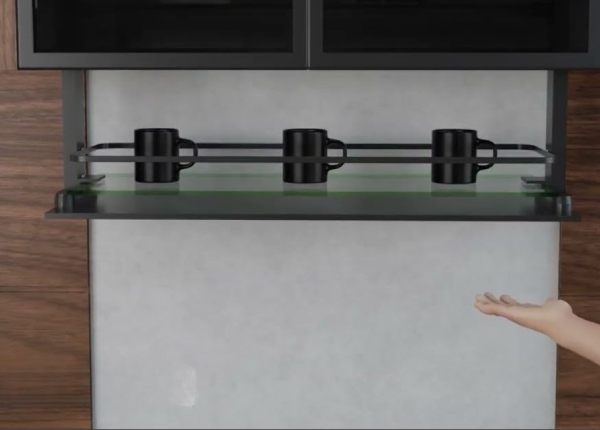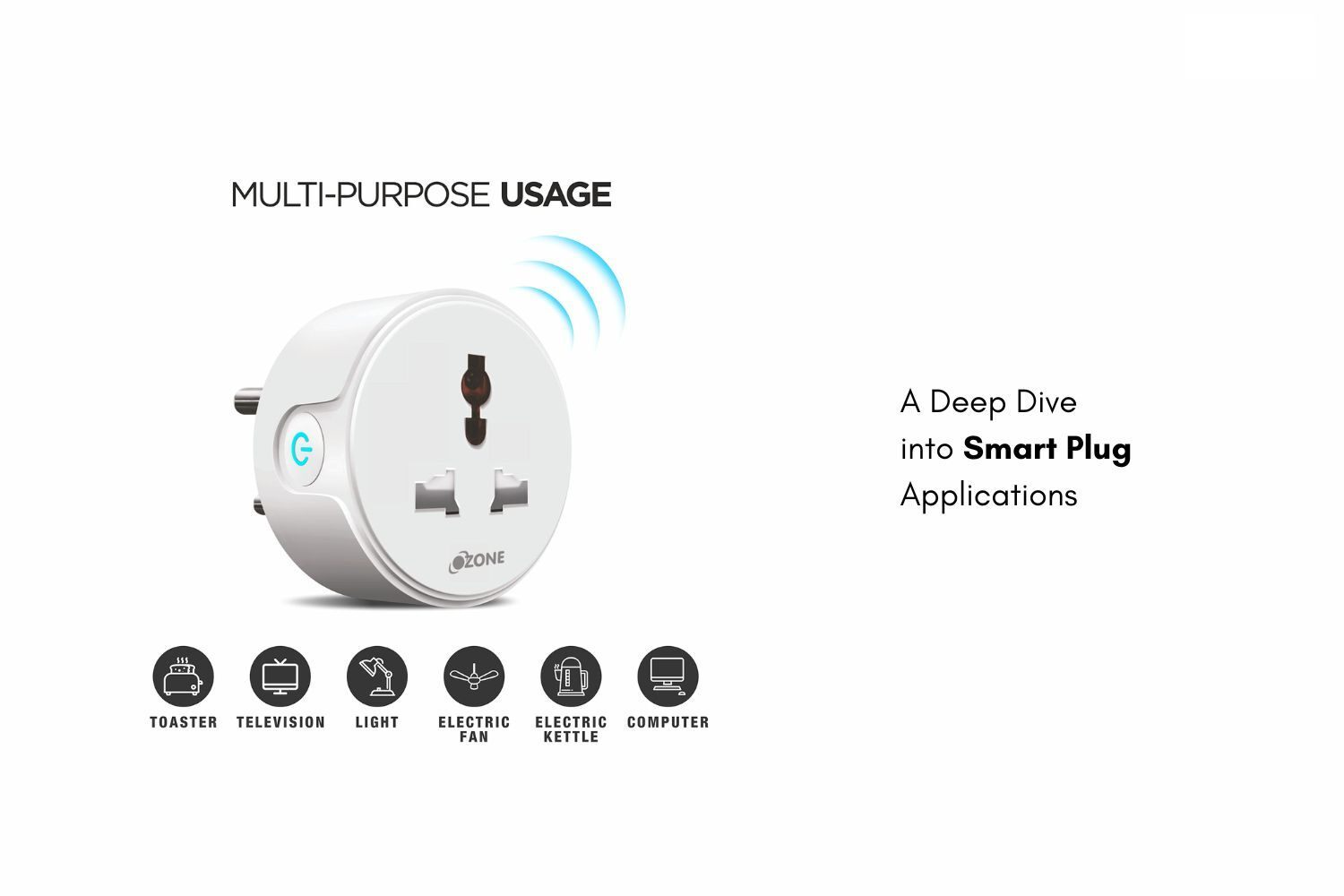Poorly designed kitchens cause frustration and wasted time during meal preparation. According to kitchen design experts, proper spacing between essential elements creates an efficient workspace that minimizes movement while maximizing functionality.
When renovating or building a kitchen, knowing the correct distances between appliances, counters, and workstations prevents costly mistakes. Following established kitchen spacing guidelines ensures your cooking space works efficiently for years to come.
Essential Kitchen Spacing Guidelines
When planning your kitchen remodel ideas, start with the most critical measurement-the work triangle. The combined distance between your sink, refrigerator, and stove should total between 13 and 26 feet for optimal efficiency. Anything shorter makes your kitchen area feel cramped, while longer distances create unnecessary walking.
- Make sure the legs of your work triangle measure between 4-9 feet to create an efficient cooking zone while avoiding excessive walking between primary work areas.
- Set up walkways with a minimum 36-inch width, increasing to 42 inches in cooking zones to prevent collisions when cabinet doors or appliances open.
- Allow 48 inches between counters for multiple cooks, creating comfortable meal preparation spaces when family members cook together.
Optimal Measurements for Kitchen Elements
Determining the proper kitchen size greatly impacts both functionality and comfort. A single cook needs a minimum kitchen size of about 10×10 feet, though larger spaces allow for more flexibility with layouts and features.
- Give your refrigerator at least 2 inches clearance on top and sides to ensure proper ventilation and door functionality.
- Mount your chimney 26-30 inches above the stovetop to effectively capture cooking fumes without forcing you to bend uncomfortably.
- Place your dishwasher within 36 inches of the sink to simplify the cleanup process and utilize shared plumbing connections.
Planning Counter Spaces and Islands
Counter spaces serve as critical work areas in any kitchen design. Your countertop position influences everything from food preparation efficiency to overall kitchen flow. Effective designs include a minimum landing area of 15 inches beside the refrigerator and 12-15 inches on either side of the cooktop for essential workspace.
- Design your counter depth at approximately 24 inches with a 12-inch overhang for seating areas, balancing workspace needs with comfortable dining options.
- Create 42-48 inches of space between counters and islands for one person to work comfortably, extending to 54 inches when incorporating appliances into the island.
- Adjust your standard counter height of 36 inches based on the primary cook’s height for more ergonomic food preparation.
Your kitchen island dimensions play a crucial role in kitchen functionality. For proper functionality, islands need a minimum size of 30 inches deep and 4 feet long, though larger kitchens can accommodate more substantial islands.
- Build your island at least 30 inches deep (including a 24-inch cabinet and 6-inch overhang) to create adequate workspace while preventing items from falling off.
- Allow a minimum 42-inch clearance around all sides of the island to maintain comfortable walkways and work zones.
- Consider adding multi-level islands with varying heights to accommodate different activities like food preparation and casual dining simultaneously.
Kitchen Counter Table Solutions
A kitchen counter table offers versatility for smaller spaces, functioning as both a work surface and dining area. Effective kitchen counter table design balances the need for food preparation space with comfortable seating.
- Set up bar-height counter tables at approximately 42 inches with 12-inch leg room underneath for standard bar stools.
- Choose counter-height tables at about 36 inches with corresponding counter stools for a more traditional dining feel while maintaining the ability to use the surface for food preparation.
- Maximize space-challenged kitchens with custom solutions like pull-out or fold-down tables integrated into existing cabinetry.
Ozone’s pull-out table extensions with a flush feature provides an excellent solution for kitchens needing extra work surfaces without permanent space commitment. These telescopic mechanisms create sturdy extensions with a simple pull, instantly expanding your workspace and making meal preparation more efficient.
Key Takeaways
→ The kitchen work triangle should total between 13-26 feet, with individual legs measuring 4-9 feet for optimal efficiency.
→ Maintain minimum 36-inch walkways throughout the kitchen, extending to 42 inches in cooking zones and 48 inches for multiple cooks.
→ Kitchen islands require at least 30 inches depth and 42-inch clearance on all sides for comfortable movement.
→ Counter landing spaces should provide at least 15 inches beside the refrigerator and 12-15 inches on either side of the cooktop.
→ Dishwashers function best when placed within 36 inches of the sink to utilize shared plumbing and streamline cleanup.
→ Seating areas need 12-inch knee clearance with counter heights of 36 inches for standard chairs or 42 inches for bar stools.
How Ozone Solutions Enhance Kitchen Functionality
Ozone offers innovative kitchen organization solutions that maximize space efficiency while maintaining aesthetic appeal. Their kitchen organizers combine practical design with quality construction to address common storage challenges.
With over 25 years of expertise, Ozone delivers products designed to meet evolving needs. Their mission centers on making everyday living more joyful through thoughtful space solutions that look stunning, ignite imagination, enhance convenience, and stand the test of time.
Each product undergoes thorough testing and crafting to last for years of reliable daily use. The designs solve practical problems while inspiring creative kitchen arrangements, combining functionality with style.
Ready to transform your kitchen spacing? Visit an Ozone experience centre to see these solutions in person. The dedicated team will help you find products that align with your specific kitchen needs.
Interested in seeing our products? Check them out here.
For personalized guidance, contact Ozone at customercare@ozone.in, call +91-9310012300, or reach out via https://whatsapp.com/channel/0029VaKY51Q4SpkPrlZzVN2R.
FAQ
What’s the minimum recommended kitchen size for a comfortable cooking experience?
A functional kitchen should be at least 10×10 feet for a single cook. This provides adequate space for essential appliances and work areas while allowing comfortable movement. For multiple cooks or additional features like islands, aim for at least 12×12 feet.
How far apart should my sink, refrigerator, and stove be positioned?
The work triangle connecting these three elements should total between 13-26 feet, with no individual leg measuring less than 4 feet or more than 9 feet. This range provides efficient movement without excessive walking or cramped working conditions.
What’s the proper clearance needed around a kitchen island?
Allow at least 42 inches between your island and surrounding counters or walls for comfortable single-cook movement. If incorporating appliances like dishwashers or ovens that need door clearance, increase this to 54 inches for safety and functionality.
How high should my kitchen countertops be installed?
Standard countertop height is 36 inches, but the ideal height depends on the primary cook’s stature. Taller individuals might prefer 38-39 inches, while shorter cooks might find 34-35 inches more comfortable for regular food preparation tasks.
What’s the recommended distance between my stove and overhead cabinets or range hood?
For safety and efficiency, maintain 24-30 inches between your cooktop and protected non-combustible surfaces (like a range hood). For combustible materials like wooden cabinets without protection, increase this clearance to at least 30 inches to prevent fire hazards.









Kitchen & Furniture Fittings